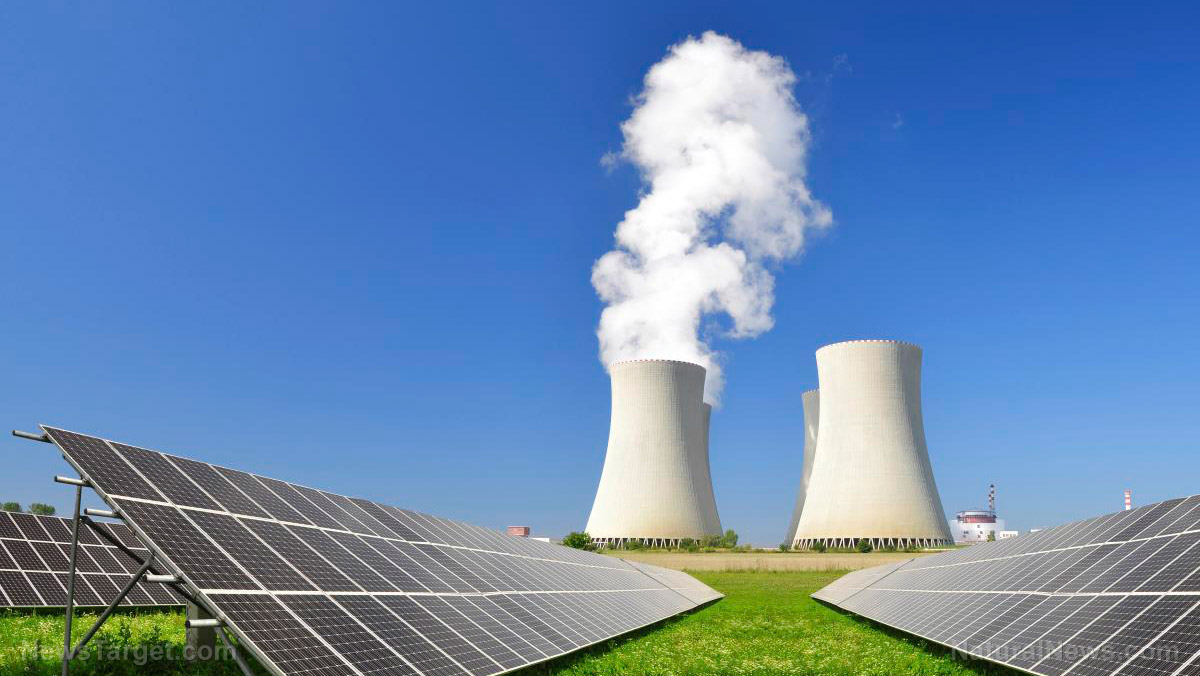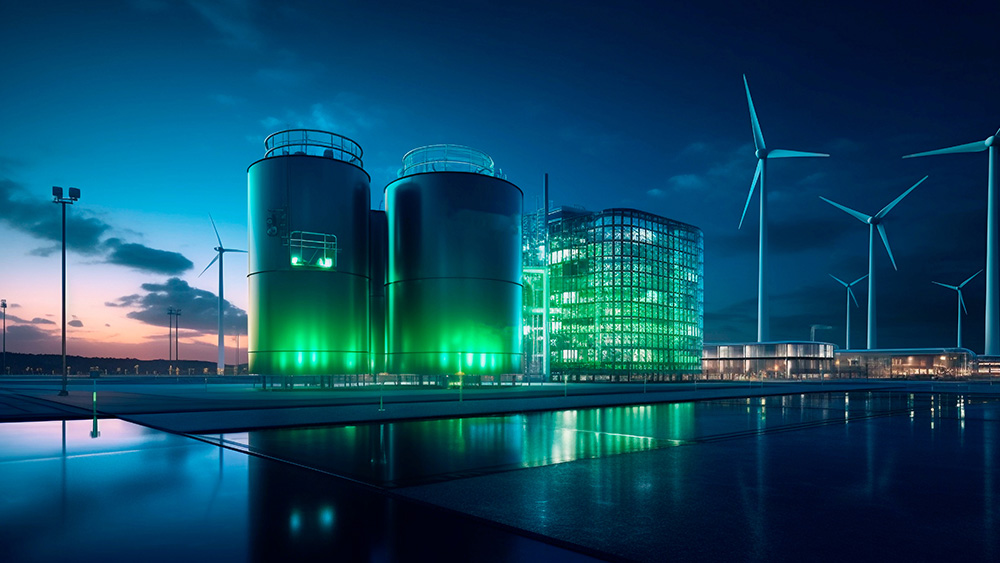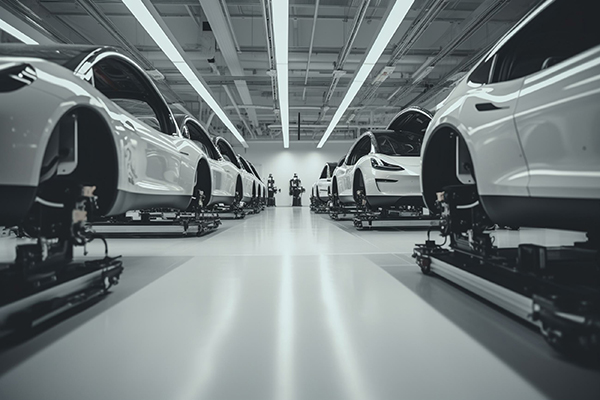AI's energy demand exposes the folly of Net Zero
By avagrace // 2025-08-15
Tweet
Share
Copy

- AI's massive computational needs require vast electricity, with global data centers projected to consume 300+ GW by 2030 – far outpacing renewable energy capacity.
- Wind and solar (just 14 percent of U.S. electricity) face challenges like intermittency, land inefficiency and transmission bottlenecks, making them unable to meet AI's growing power demands.
- Nuclear, natural gas and coal remain critical for stable, scalable energy to support AI and economic growth, despite opposition from Net Zero advocates.
- The 2050 Net Zero emissions target clashes with AI's energy needs, exposing it as a political rather than scientifically viable agenda. Tech companies' carbon pledges are already failing.
- The future requires expanding nuclear power, leveraging natural gas and rejecting energy rationing to sustain AI innovation and economic progress.
The nuclear and fossil fuel reality: Why renewables can't keep up
The climate lobby insists that wind and solar can replace fossil fuels, but the numbers tell a different story. As of 2023, natural gas supplied 43 percent of U.S. electricity, coal 16 percent and nuclear nearly 19 percent – while wind and solar combined accounted for just 14 percent. Even if renewable capacity expands, these sources face insurmountable challenges. Intermittency remains the most glaring issue. The sun does not always shine, and the wind does not always blow. Land inefficiency is another obstacle, as solar and wind farms require vast acreage. According to the U.S. Department of the Interior, renewables are 5,500 times less efficient per acre than nuclear plants. Transmission bottlenecks further complicate matters, as building thousands of miles of power lines to connect scattered renewable sources is costly and slow. Energy expert Steve Gorham warns that relying on renewables to meet AI's demands is pure fantasy. The infrastructure simply cannot scale quickly enough. Nuclear power clean, efficient, and capable of meeting AI’s base load demands – is experiencing a resurgence, with new plants approved in the U.S. and Europe. Natural gas remains the backbone of U.S. electricity, and its expansion is inevitable. Coal, despite environmentalist opposition, still powers much of the developing world. The push for 2050 Net Zero was always a political maneuver, not a scientific necessity. Tech giants like Google and Microsoft pledged carbon neutrality by 2030 – before the AI boom. Now, their energy consumption is doubling or tripling in just a few years. A recent Carbon Market Watch report found their climate strategies "poor" to "very poor" in integrity. The AI revolution is unstoppable, and so is the demand for real energy – not the unreliable kind peddled by climate activists. The Net Zero agenda was a top-down fantasy, destined to fail. The path forward is clear – expand nuclear, embrace natural gas and reject energy rationing – as freedom and innovation depend on it. Watch the Health Ranger Mike Adams and David Tice discussing how nuclear power can meet the U.S.'s energy demands in this clip. This video is from the Brighteon Highlights channel on Brighteon.com.More related stories:
Soaring AI demands ignite $16.1B grid crisis, threatening U.S. energy affordability. The AI energy surge: How data centers are reshaping global electricity grids. Meta secures 20-year nuclear deal to power AI expansion amid surging energy demands. Sources include: ClimateDepot.com TaipeiTimes.com Inflect.co.uk Brighteon.comTweet
Share
Copy
Tagged Under:
glitch artificial intelligence power grid robots climate change nuclear energy carbon dioxide power fossil fuel electricity coal solar energy renewable energy wind energy carbon emissions information technology natural gas computing future tech climate alarmism badclimate energy supply Net Zero energy demand
You Might Also Like
Off-grid cooking: Prepare for the next blackout by practicing how to cook without power
By Evangelyn Rodriguez // Share
CBDC crackdown: Aaron Day warns of technocratic enslavement through digital currency
By Finn Heartley // Share
Breaking new ground: How 5G’s rapid rollout threatens flight safety
By Willow Tohi // Share
Ukraine’s robot revolution: A new era of warfare amid manpower crisis
By Kevin Hughes // Share
Recent News
Silver hits record high amid economic uncertainty, fueling investor frenzy
By kevinhughes // Share
Russia warns of nuclear response as NATO build-up escalates tensions
By patricklewis // Share
South Africa's water crisis: A warning for the world
By patricklewis // Share











